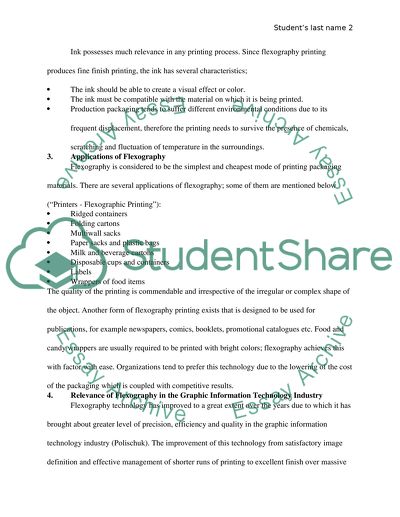Cite this document
(“Flexography Essay Example | Topics and Well Written Essays - 1500 words”, n.d.)
Retrieved from https://studentshare.org/information-technology/1437176-flexography
Retrieved from https://studentshare.org/information-technology/1437176-flexography
(Flexography Essay Example | Topics and Well Written Essays - 1500 Words)
https://studentshare.org/information-technology/1437176-flexography.
https://studentshare.org/information-technology/1437176-flexography.
“Flexography Essay Example | Topics and Well Written Essays - 1500 Words”, n.d. https://studentshare.org/information-technology/1437176-flexography.


